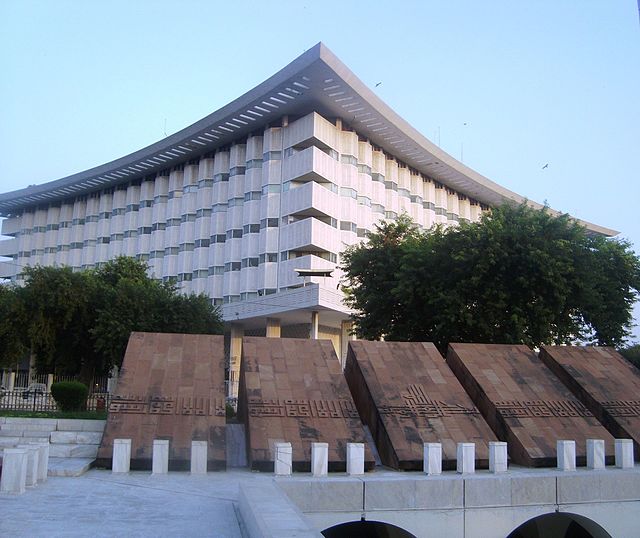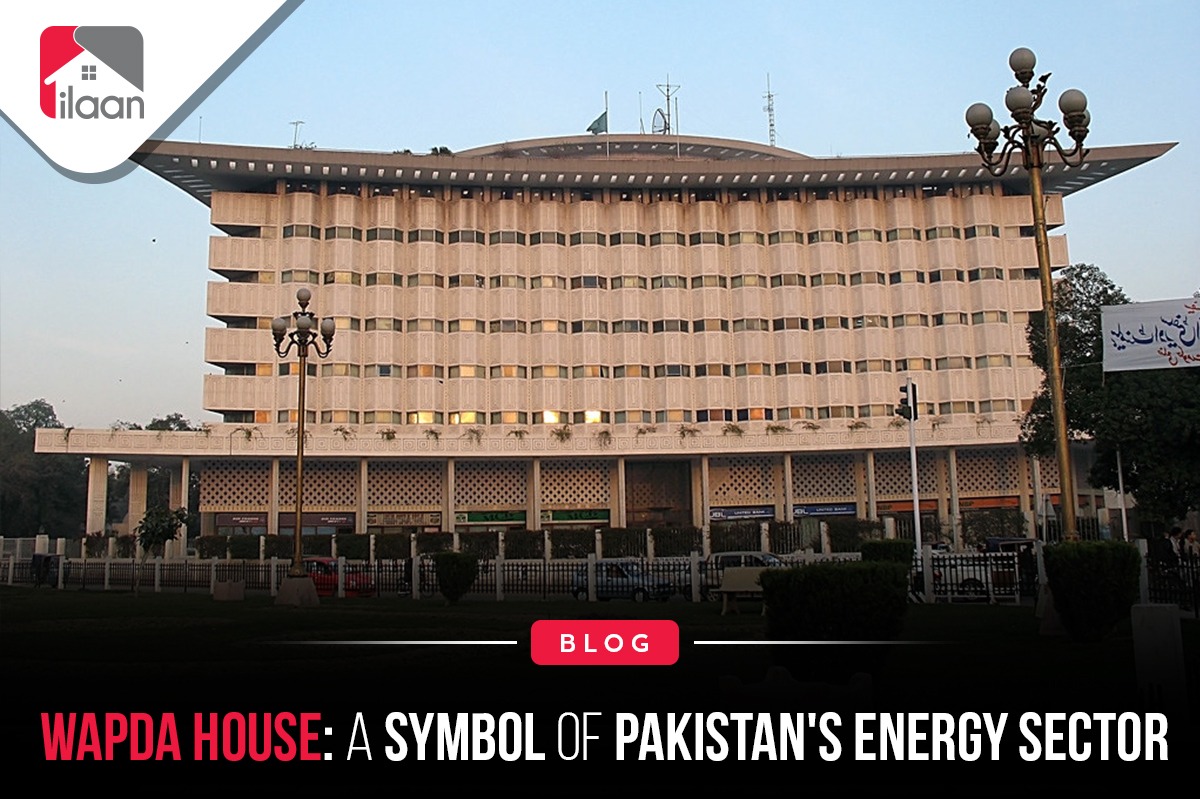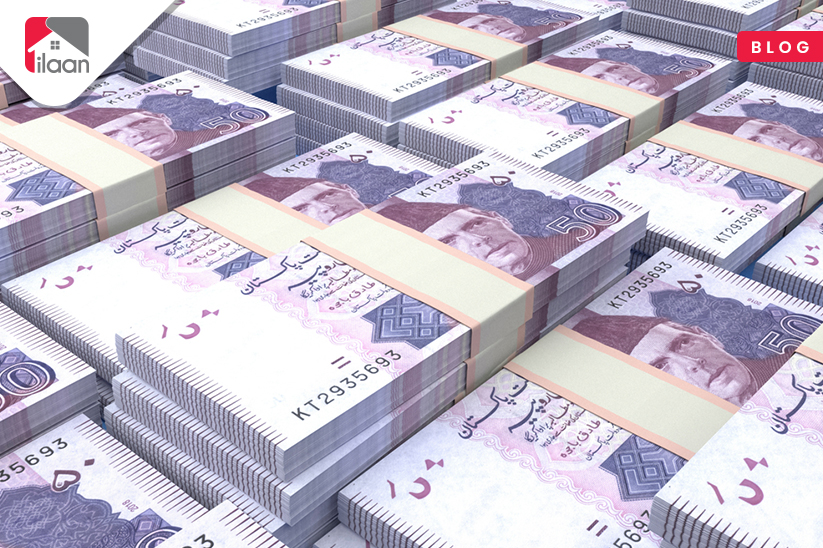Nestled in the bustling cityscape of Lahore, Pakistan, stands an iconic building that plays a pivotal role in the country's energy infrastructure – the WAPDA House. This architectural marvel is more than just a building; it is the nerve center of Pakistan's Water and Power Development Authority (WAPDA), embodying the nation's strides towards energy self-sufficiency and sustainable development.
A Brief History of WAPDA House
WAPDA House, which was built in 1967, is not just an average structure. It serves as a light, guiding Pakistan towards energy independence and sustainable development. It's a stunning combination of modern and classic forms, designed by Edward Durrell Stone, an architect. The exquisite patterns on its walls evoke the great palaces of the Mughal Empire. These decorations are more than simply for show; they are a tribute to Pakistan's rich history.
It functions as the control center for Pakistan's Water and Electricity Development Authority (WAPDA), which is in charge of managing the country's water and electricity resources. WAPDA plans new projects and ensures that power reaches every corner of the country.
Role of WAPDA
As an organization, the Pakistan Water and Electricity Development Authority (WAPDA) is committed to the coordinated and fast development and upkeep of water and electricity resources across the country. One of WAPDA's key goals is to ensure the effective generation, transmission, and distribution of power across Pakistan. This includes not just managing the operation of current power plants, but also developing and carrying out new projects to fulfill the country's expanding energy demands. WAPDA aspires to provide a dependable and sustainable power supply for households, industries, and enterprises across the country by utilizing a variety of energy sources such as hydroelectric, thermal, and renewable.
In addition to its involvement in the energy sector, WAPDA is also involved in irrigation, water supply, and drainage projects. Recognizing the significance of water management for agricultural production and economic stability, WAPDA launches efforts to optimize water use, improve irrigation infrastructure, and improve access to clean water for both rural and urban residents. These activities are critical to maintaining Pakistan's mostly agricultural economy and improving the livelihoods of millions of people who rely on farming and associated businesses.
Furthermore, WAPDA is responsible for tackling significant environmental issues such as soil salinity and waterlogging. WAPDA strives to alleviate the negative consequences of soil degradation, protect agricultural production, and promote sustainable land use by adopting techniques for waterlogging avoidance and saline land reclamation.
Overall, WAPDA plays a multifaceted role in driving the socio-economic development of Pakistan. Through its diverse array of projects and initiatives, the organization strives to enhance the quality of life for all citizens, promote environmental sustainability, and contribute to the nation's overall prosperity and well-being.

Suggested read: An Architectural Wonder: The Significance of the Badshahi Mosque
Location highlights
The WAPDA headquarters in Lahore is located at the bustling crossroads of Egerton Road and Mall Road, often known as Charing Cross or Shah Faisal Chowk. It is bordered by numerous major buildings in the city, including the Provincial Assembly of Punjab headquarters, the Islamic Summit Minar, which commemorates a large summit held in Lahore in 1974, and the Excise, Taxation, and Narcotics Control Department of Punjab headquarters.
There are many other fascinating places nearby, including Lahore Zoo, Victoria Park, and the Regional Passport Office. You'll also discover well-known hotels like Ramada and Avari, as well as cultural attractions like the Aiwan-e-Iqbal Complex and the Alhamra Art Centre. Don't overlook historic sites such as the Lahore High Court, Anarkali Bazaar, and the Lahore Museum.
WAPDA's Wings: Power, Finance, and Administration
Nowadays, WAPDA is organized into different wings, each with its own job:
WAPDA's Water Wing
WAPDA's Water Wing is all about managing water resources to support Pakistan's development, especially in agriculturally important areas. Here are some of the key projects and achievements of WAPDA's Water Wing:
- Warsak Hydroelectric Power Station
- Mangla Dam
- Tarbela Dam
- Chashma Hydropower Project
- Ghazi Barotha Hydropower Project
- Mirani Dam
- Satpara Dam
- Duber Khwar Hydropower Project
- Gomal Zam Dam
- Darawat Dam
Power Wing
This part of WAPDA looks after hydroelectric power stations. They make sure these stations run smoothly, and they also upgrade and fix older ones when needed. Plus, they train people to work in these stations.
Finance Wing
The Finance Wing is in charge of all of WAPDA's financial operations. They prepare budgets, handle finances, and maintain track of all financial data. They also do internal inspections to ensure that everything is going properly financially.
Administrative Wing
The Administrative Wing of WAPDA is responsible for the well-being of its employees. They manage things like employing new employees, providing perks such as housing and transportation, and ensuring that everyone respects the regulations. They also oversee careers, promotions, and training programs. Another crucial task they have is to maintain the workplace.

Suggested read: How to Recharge M-tag online
Conclusion
In conclusion, WAPDA House is not just a headquarters; it's a symbol of Pakistan's resilience, innovation, and ambition. Its architectural splendor, coupled with its pivotal role in the nation's energy sector, makes it a true jewel in Pakistan's crown. As the country navigates the challenges of the 21st century, WAPDA House stands as a testament to Pakistan's unwavering commitment to progress and prosperity.
Keep reading Ilaan's blog section for more informative posts.









